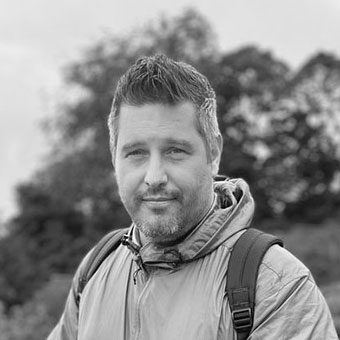I went home and took out a map of Europe - yes a physical paper map - and dreamed of all the places I’d go once my friends left for home. I circled all the cities I wanted to visit, then drew lines to connect each in a logical route from Rome to Glasgow and beyond. I decided I’d still travel with my friends while they were there, after all this was still a high-school friend trip, and I wanted to enjoy that part with them. But I would not be staying in the hotels with them as I’d opt for cheaper hostels. I also would not be using the rental car with them, as I would get a Eurail pass that would allow me much cheaper travel throughout Europe.
Over the course of the next 2 or 3 months, I used my school’s computers and Internet and library to research more about this “affordable European travel” that Rick Steves had put me on. I found online forums dedicated to cheap European travel (RIP Eurotrip.com), cheap airlines, and more.
Very quickly I learned that not only was it very possible to see everything I wanted to travel through Europe on a budget, but many people my age (and older) were doing it and had ben doing forever. Many of these people carried a single large backpack and travelled for weeks or months at a time. So I went out and found a front-loading 40L travel backpack to take with me on my trip. RIP Eagle Creek Convertible Travel Pack 40L.
Luckily Rick Steves provided a handy packing list for traveling through Europe for 10 days or 3 months. It wasn’t much: 2 pairs of pants, two button down shirts, a fleece sweater, a light rain jacket, a pair of sturdy walking shoes, underwear and t-shirts. I also brought a tiny film camera and a TON of film as I was afraid I wouldn’t find the kind I needed in Europe.
There were discount cards available to students and those in their 20’s. Many cities had discount tourist and public transportation passes that allowed me to visit the city for a set number of days and visit many (even all) the must-see sights for a smaller cost than if I’d paid for each separately, and use the buses and subway far cheaper than if I paid per ride.
There were alternatives to hotels called ‘hostels’ and far from being the dirty slum places my friends imagined, many were communal, fun hangouts for other backpackers with cheap beds in the heart of most cities. And these hostels were CHEAP, a fraction of what the hotels we were going to book were. Plus, if I stayed at certain types of hostels, I would earn a free stay after every 9 or 10 nights!
I could save money by avoiding restaurants, and shopping at grocery stores for picnic meals. Or simply avoiding restaurants that brag “We speak English” with English menus - these are geared at tourists and have inflated prices. Eat with the locals was my new mantra.
Unlike the US, I found that Europe had an efficient network of railway that connected even the furthest corners of the continent to each other. I would use this rail system to get around and explore as much as I could. There was even a pass I could buy to give me unlimited travel by train (and in some cases ferry), so I got a 1-month Unlimited Eurail pass. Since the UK’s rail system was on a different network, I also need a Britrail pass and got that. Now I had all of Europe by the tail and could go anywhere I pleased!
If there was one piece of advice I did NOT take from Rick Steves that I should have, it was ‘have a plan’. I thought it would be better to go with no itinerary, no daily plan of where I wanted to visit, what I wanted to see. I figured I had all summer and I would just go where the wind (and trains) took me. No need for a plan! I’ll be flexible and free! Big mistake, and I have created detailed itineraries ever since.

